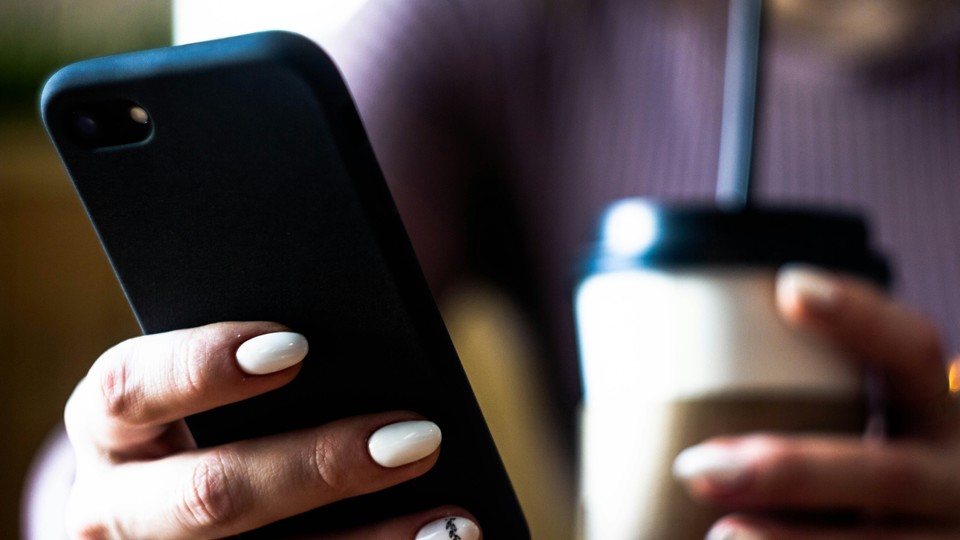
No Pain, No Gain
How Do You Sell A Product That’s Hard To Use?
Based on research by Ajay Kalra, Darron Billeter and George Loewenstein
How Do You Sell A Product That’s Hard To Use?
- If you have a good product, you might think consumers just need to try it in order to buy it.
- But that can backfire if using the product means learning a new skill. Frustrated consumers might give up before learning to love it.
- Marketers should consider approaches that lessen the need for consumer training — or else inspire consumers to keep trying.
Consider this: 25 percent of first-time snowboarders don’t take a lesson because they think that snowboarding will be a piece of cake. Then after trying it, 85 percent of these people quit and never become long-term participants in the sport. What happened? Why didn’t the snowboarders stick with it?
It’s a basic marketing premise. If you’ve come up with a good product, all you have to do is get people to give it a try. Once that happens, they’ll realize how great it is and buy it.
Offer free samples of a tasty new treat, and that might be the case. But if the product requires consumers to master a new skill, letting them just give it a try can backfire. That first, unsuccessful encounter can lead to frustration, dissatisfaction and a customer who is lost forever.
Consumers are bad at predicting how well they’ll do with a new task, research shows. So if the task is tough, and someone has an ego-deflating initial experience with it, he’ll focus on the hard part and discount any moments of success.
In a study of more than 300 subjects, Rice Business marketing professor Ajay Kalra and his two co-authors, Marriott School of Business marketing professor Darron Billeter and Carnegie Mellon University economics and psychology professor George Loewenstein, looked at how people assessed their performance with a new skill-based product before and after realizing the gadget required a learning curve.
Before trying the product, participants overestimated both how good they’d be at operating it, and how much work it would take to learn. Then, after their first try, the overconfidence turned into pessimism. The subjects’ newly gloomy outlook led them to miscalculate their future performance with the product: They assumed they’d do worse with it than they actually did, and that they’d have more trouble learning a new skill than was the case.
There’s more. One debilitating bad experience prompted subjects to devalue the product associated with it. They reacted this way even when the researchers cautioned them ahead of time not to lose confidence.
In the first part of the experiment, subjects were asked to trace a shape using only its reflection in a mirror, and to predict how many correct mirror traces they could complete in four rounds. The next time around, the researchers offered a friendly warning: before giving it a try, they told the subjects, most people assume they’ll do better at mirror tracing than they actually do, and that after they try most people predict they’ll do worse than they actually do.
Despite the warning, and despite hearing it repeated after each round of tracing, the subjects’ estimates of their success didn’t change. They still overestimated themselves at the start, and then after that discouraging first experience, consistently low-balled their chances of success at each successive round.
Though the response seemed irrational, it tracks with the way humans learn. Early on, learning something new tends to be inefficient, slow and difficult. Eventually, though, most people transition into a second stage, in which learning is almost effortless. In effect, we need to learn how to learn. Too often, though, people give up before the easier stage. They find it hard to imagine a time when learning won’t be difficult.
So how can a business sell something innovative that requires fresh skills – say a new technology or a smart upgrade of an existing product?
First, this is not the time to use trials as a promotional tactic. That first trial could be the experience that turns a potential buyer off. Instead, target consumers in that rosy stage before they actually try a new product. If they’re invested enough before trying it, they may push through any problems until they get comfortable with it.
At the same time, offer ways to help new consumers maneuver the difficult early phase of learning. Free customer service support can help, as can complimentary training immediately after that first try with the product. Consider, too, designing products that play to consumers’ skills and strengths. Reduce the amount of learning needed to use a product – or ease the process with lots of support and encouragement.
When the going gets tough, in other words, the tough don’t always get back on their snowboards. More often, Kalra and his team found, first-timers walk away from endeavors that demand too many new skills too soon. Like all good instructors, marketers need to give customers both the proper skills and the lasting optimism needed to hang on for the ride.
Ajay Kalra is the Herbert S. Autrey Professor of Marketing at the Jones Graduate School of Business at Rice University.
To learn more, please see: Billeter, D., Kalra, A., & Loewenstein, G. (2011). Underpredicting learning after initial experience with a product. Journal of Consumer Research, 37(5), 723-736.
Never Miss A Story


